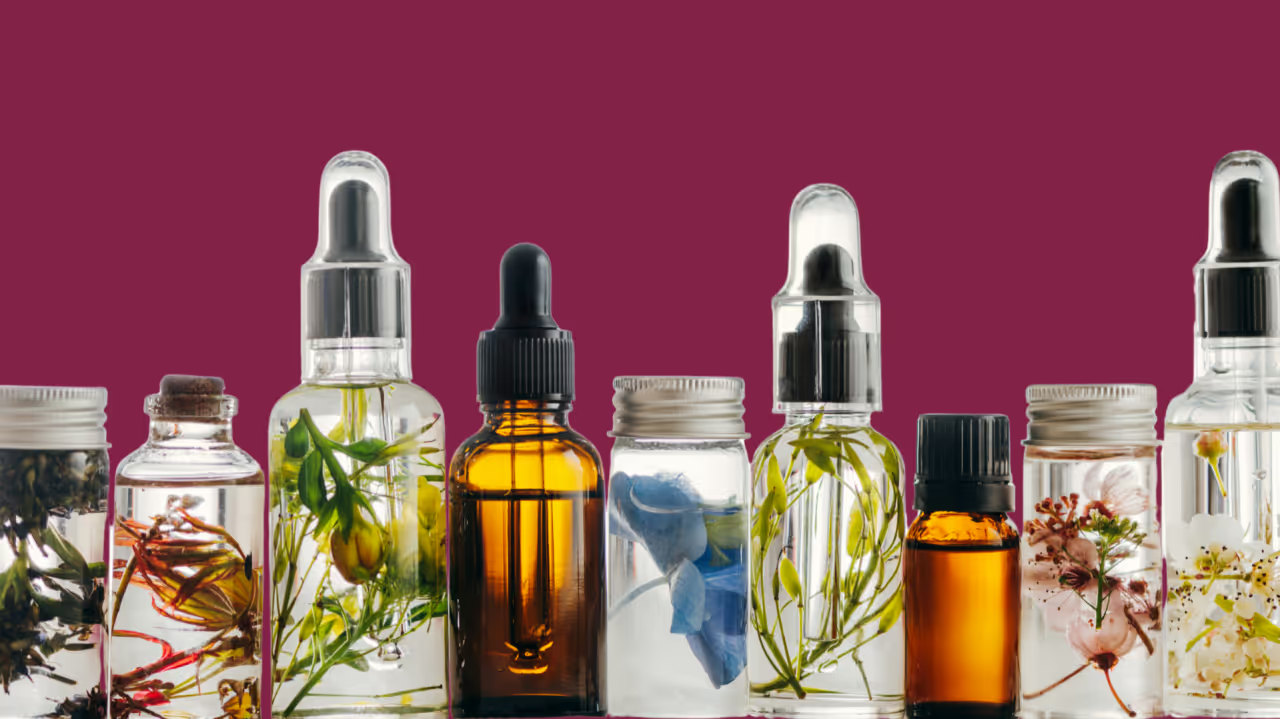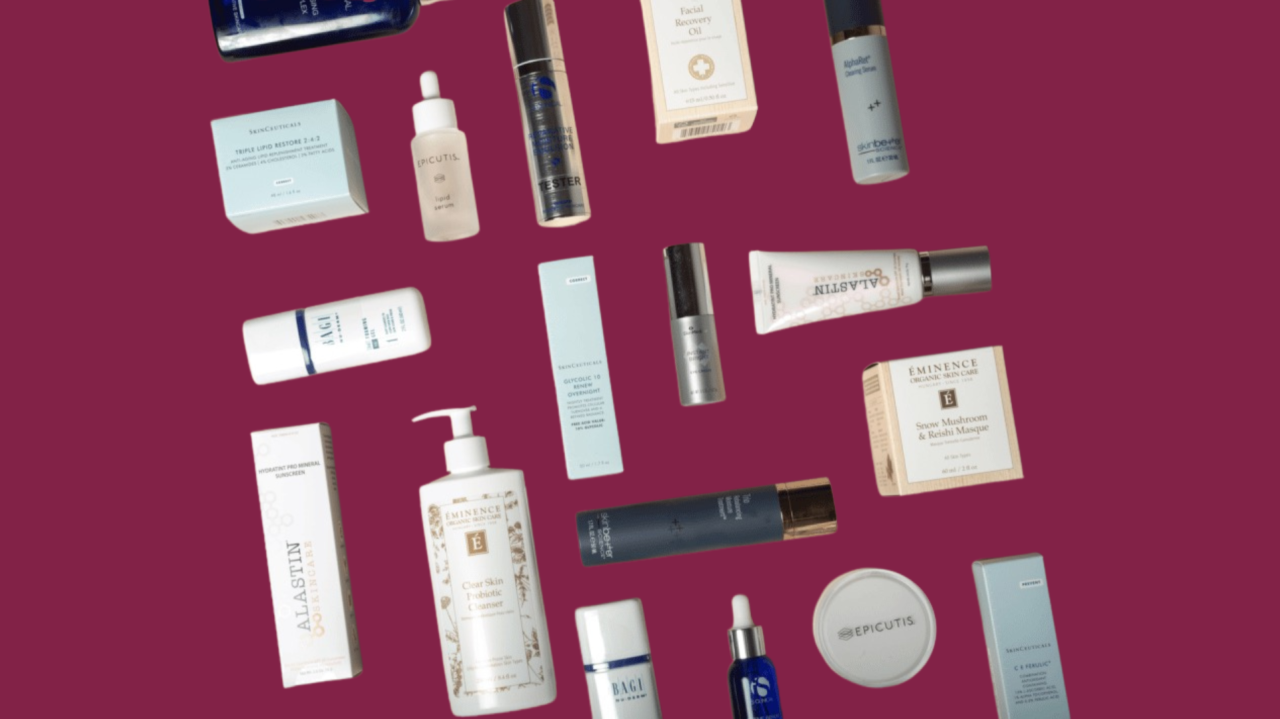Essential oils are often the poster child of “natural” beauty. They’re often used for their scent, soothing properties, or just because they sound fancy on the label. But behind the lavender and lemongrass lies a big old compliance challenge.
If you're adding essential oils to a cosmetic product in the UK or EU, it's not as simple as picking your favourite scent and pouring it in. You’re dealing with complex chemical mixtures that need to be understood, assessed, and used with caution.
Let’s break it down.
1. First things first: are you even making a cosmetic?
Essential oils straddle a few categories: cosmetics, aromatherapy, food, even borderline medicines. If your essential oil product is meant to clean, scent, or beautify the external body, it’s likely a cosmetic. But if you're making any therapeutic claims (like easing anxiety or healing skin conditions), you're no longer in cosmetics territory. That’s a regulatory headache waiting to happen.
2. Essential oils are complex, and potentially risky
It’s a myth that “natural” equals “safe”. Essential oils are potent, volatile substances that can cause:
- Allergic reactions
- Skin sensitisation
- Phototoxicity (looking at you, citrus oils)
- Asthma triggers when inhaled (e.g. sprays or diffused products)
That’s why every cosmetic product containing essential oils must undergo a Cosmetic Product Safety Report (CPSR) by a qualified safety assessor. And no, “everyone else is using it” isn’t an excuse.
3. Watch those claims
If your product says “therapeutic”, “healing”, or “calms the nervous system”, you could fall foul of medicinal product regulations. Even the term “aromatherapy” is a grey area. Focus your claims on cosmetic functions: scent, moisturisation, skin conditioning, not curing anything.
4. CPSR: your non-negotiable
The safety assessor will:
- Identify and analyse every constituent in the oil
- Check if any are restricted or banned (hello Annex II and III)
- Assess likely exposure (dermal, inhalation, etc.)
- Look at vulnerable groups (babies, sensitive skin, etc.)
They’ll also determine whether your concentration levels are acceptable, especially for allergens like limonene, linalool, or eugenol.
5. Label like you mean it
If a restricted allergen exceeds 0.001% in leave-on or 0.01% in rinse-off products, it must be clearly labelled. Consumers deserve to know what they’re putting on their skin and regulators will expect to see a compliant Product Information File (PIF) to back it all up.
Bottom line? Essential oils are powerful ingredients… but power comes with responsibility. If you’re creating a “natural” brand, compliance isn’t optional. It’s how you protect your business and your customers.


 By admin
By admin
.svg) Jun 13, 2025
Jun 13, 2025







